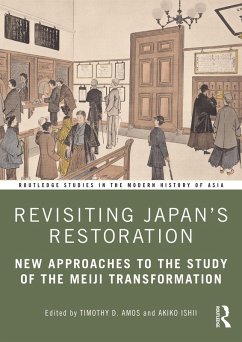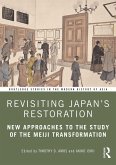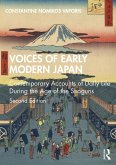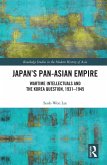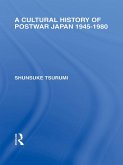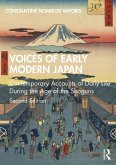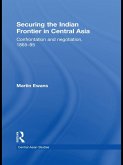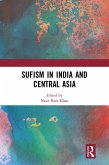On a scale probably never before seen in the study of the Restoration outside Japan, the short chapters in this volume reveal unique aspects of the transformative event and process not previously explored in previous research. They do this in three core ways: through selecting and deploying different time frames in their historical analysis; by creative experimentation with different spatial units through which to ascertain historical experience; and by innovative selection of unique and highly original topics for analysis. The volume offers students and teachers of Japanese history, modern history, and East Asian studies an important resource for coming to grips with the multifaceted nature of Japan's nineteenth-century transformation.
The volume will also have broader appeal to scholars working in fields such as early modern/modern world history, global history, Asian modernities, gender studies, economic history, and postcolonial studies.
Dieser Download kann aus rechtlichen Gründen nur mit Rechnungsadresse in A, B, BG, CY, CZ, D, DK, EW, E, FIN, F, GR, HR, H, IRL, I, LT, L, LR, M, NL, PL, P, R, S, SLO, SK ausgeliefert werden.

